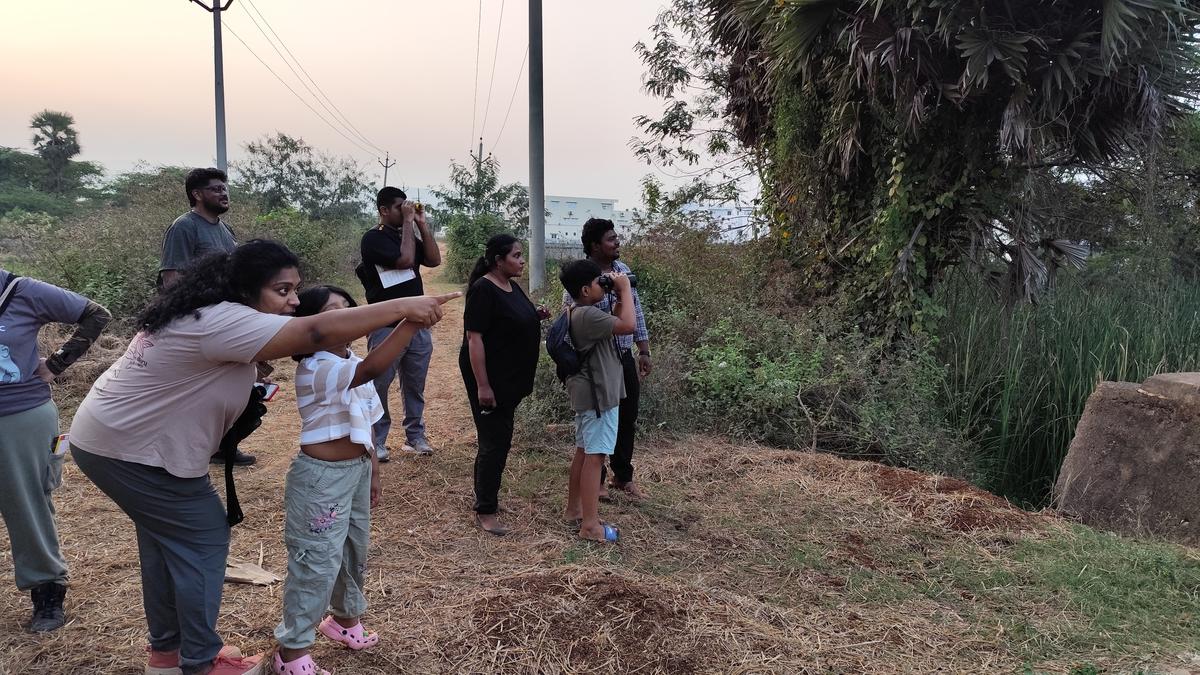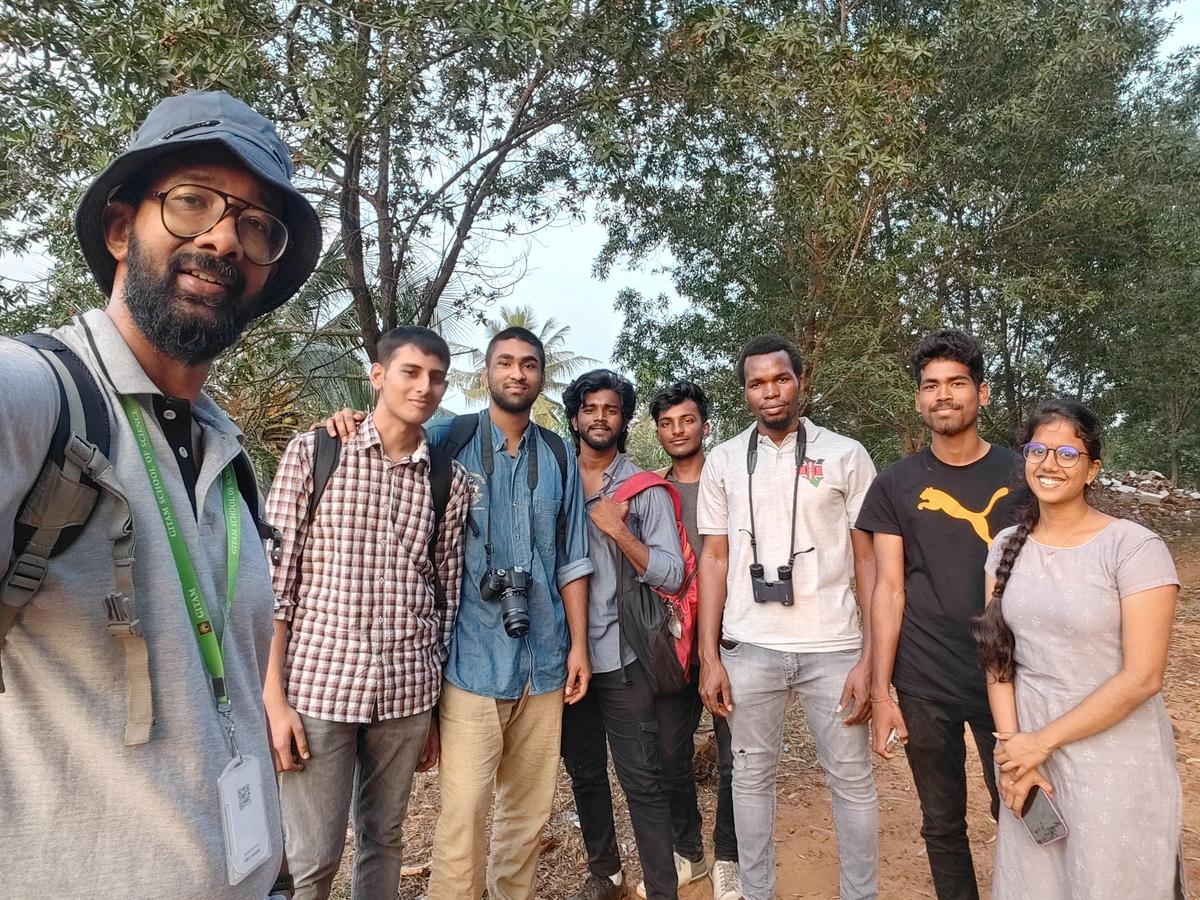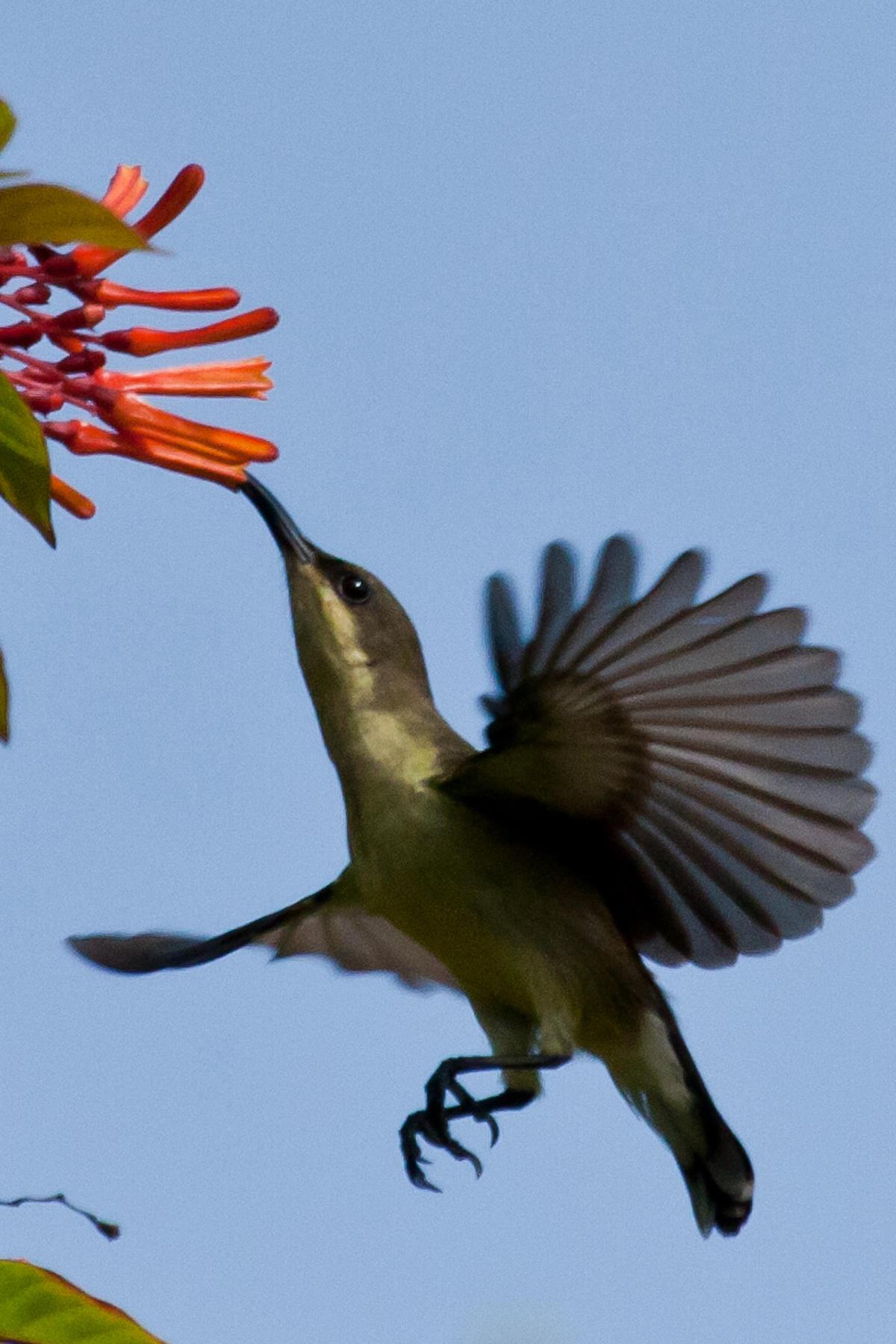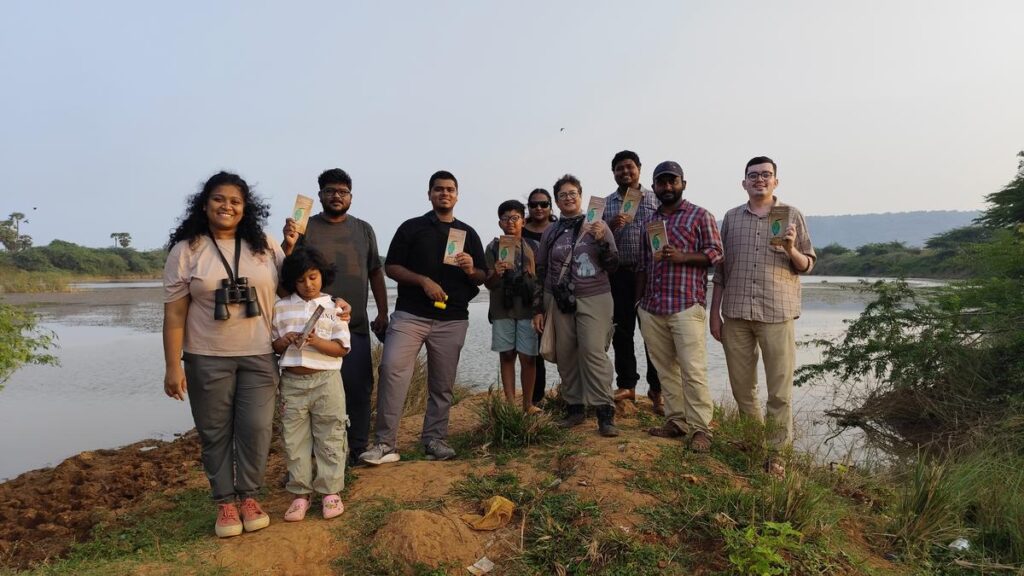As the sun rose over India’s diverse landscapes, birding enthusiasts across the country set out with binoculars and notebooks for the annual Great Backyard Bird Count (GBBC) – a global citizen science initiative that documents avian diversity over four days. This year at the GBBC conducted from February 14 to 17, India soared to an impressive second place in the global rankings, submitting a staggering 55,394 checklists and recording 1,083 species. With participation from 37 States, the event painted a vibrant picture of India’s rich birdlife.
Andhra Pradesh’s contribution
Andhra Pradesh secured the 20th rank nationally, submitting 830 checklists and identifying 246 species. Within the State, Chittoor recorded 167 species bagging the top spot while in the second place was Anantapur with 144 species. Visakhapatnam emerged as a significant contributor, ranking third with 138 species identified across 12 hotspots. Over the four-day count, 37 individuals submitted 331 checklists, reflecting the region’s growing birding community.
A great crested grebe in Visakhapatnam.
| Photo Credit:
SPECIAL ARRANGEMENT
Among Visakhapatnam’s top birding locations, Boni Lake stood out, with 87 species recorded, making it the richest hotspot in the region. With binoculars poised and checklists ready, birding enthusiasts scanned the tranquil waters of the lake, noting the flurry of wings, ripples, and occasional calls that punctuated the morning air. Yet, among the names jotted down in their notebooks, one species told a story of quiet decline – the crested grebe. For years, Boni Lake had been a favoured breeding ground for these waterbirds. They arrived in good numbers, nested safely, and raised their young here. But this year, something had changed. Only one solitary crested grebe was spotted — an alarming contrast to the thriving flocks of the past.
“This is the first time in years that we’ve seen just one crested grebe,” says Janardhan Uppada, a seasoned birder who has been tracking the lake’s avian life. “Earlier, this was their stronghold. They bred well here. But now, their absence raises concerns.”
Alexandrine parakeet observed during the Great Backyard Bird Count in Visakhapatnam.
| Photo Credit:
SPECIAL ARRANGEMENT
Janardhan, who documented 95 species during GBBC, observed that overall, species count from Visakhapatnam was lower than in previous years. While some areas faced declines, others witnessed a resurgence. “In Kapuluppada, for instance, we saw an increase in coots and small waders following the removal of invasive water hyacinth. In contrast, the Meghadrigedda downstream channel was the most affected waterbody, where we found the lowest bird diversity,” says Janardhan, the top contributor to GBBC from Visakhapatnam.
Bird walks and noteworthy sightings

Participants of Great Backyard Bird Count in Visakhapatnam.
| Photo Credit:
SPECIAL ARRANGEMENT
To engage the community and encourage participation, bird walks were conducted at Dabbanda village, Adavivaram Cheruvu, and Kambala Cheruvu. These excursions resulted in sightings of a variety of species, including cotton pygmy goose, Northern pintail, Asian koel, Eurasian moorhen, grey-headed swamphen, Indian golden oriole, Loten’s sunbird.

Participants from Gitam University during the Great Backyard Bird Count in Visakhapatnam.
| Photo Credit:
SPECIAL ARRANGEMENT
Meanwhile, GITAM University’s Green Poets Society participated for the second consecutive year, adding their observations of 55 species from the lush campus. Siddharth Palla, a key participant, says: “This year we added uncommon birds such as the Asian brown flycatcher and the chestnut-headed bee-eater — a species with limited distribution in the region.” Other notable sightings included the barn owl, purple sunbird, Indian pied starling, and common woodshrike. The GITAM team was guided by assistant professor Harish Prakash from the Department of Life Sciences, whose mentorship played a crucial role in shaping their efforts.
Kerala tops the charts

Loten’s sunbird
| Photo Credit:
Special Arrangement
While Andhra Pradesh had a commendable participation, it was Kerala that dominated the national leaderboard, topping the list with a whopping 12,907 checklists. The State’s vast network of wetlands, forests, and coastal habitats makes it a biodiversity hotspot, drawing birdwatchers in large numbers.
Beyond numbers
The GBBC is more than just an event. “It serves as a crucial tool for conservation, helping researchers and environmentalists track changes in bird populations and habitats,” says Yagnapathy Adari, who led the GBBC bird walks in Visakhapatnam. The declining species count in some regions, such as Meghadrigedda downstream, underscores the urgent need for habitat restoration and pollution control.
As India celebrates its remarkable achievement in this year’s GBBC, the focus now shifts to sustaining and improving bird habitats.
Published – February 21, 2025 02:56 pm IST

